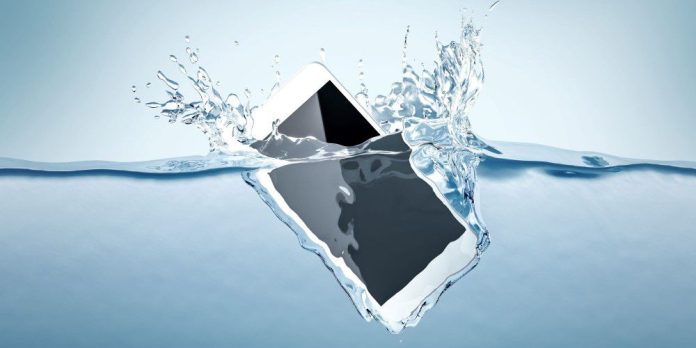Electrical devices are classified according to their properties using IP standards such as IP67 and IP68 for smartphones. We will explain what this means.
in great shape
Let’s dive into the realm of IP ratings: What do IP67 and IP68 mean for smartphones?
© alexandrabognet / Shutterstock
International Electrotechnical Commission (IEC)
Classifies equipment with an IP standard using two digits: the first describes protection against the ingress of foreign objects such as dust or sand, and the second describes protection against water. Such current models
Samsung Galaxy S21
or that
iphone 13
For example, meet IP68. But what exactly does that mean?
Read the article: Which iPhones are waterproof?
IP67 and IP68: This is what the numbers mean
As an overview, we have summarized all IP protection classes for both digits in a table. The number which was not measured in the respective case is always denoted by X.
Number 1: Protection against foreign objects and contact
|
degree of protection |
importance |
|---|---|
|
IP0X |
no protection |
|
IP1X |
Protection against solid foreign bodies > 50 mm and against contact with the back of the hand |
|
IP2X |
Protection against solid foreign bodies > 12 mm and against contact with fingers |
|
IP3X |
Protection against solid foreign bodies > 2.5 mm and against contact with equipment |
|
ip4x |
Protection against solid foreign bodies >1 mm and against contact with wire |
|
ip5x |
Dust-proof (does not limit intrusion functions) and protection against contact |
|
IP6X |
Dustproof (no penetration possible) and contact protection |
Number two: protection from water
|
degree of protection |
importance |
|---|---|
|
ipx0 |
no protection |
|
ipx1 |
protection against falling water droplets |
|
ipx2 |
Protection against water droplets falling at an angle, housing tilted up to a maximum of 15°C |
|
ipx3 |
Protection against spray water, the housing should be heated to 60 degrees . can be tilted up to |
|
ipx4 |
Water splash protection from all directions |
|
ipx5 |
Water jet protection from all directions |
|
ipx6 |
Protection against powerful jets of water and against ingress of water in the event of brief floods |
|
ipx7 |
Protection against temporary, complete immersion in water (up to 1 meter depth) |
|
ipx8 |
Waterproof: Protection against continuous, complete immersion in water (up to 1 m or deeper) |
|
(ipx9k) |
Water pressure tight: Protection against water penetration under pressure and heat up to 80 degrees |
but be careful:
All degrees of protection against water are related
Especially on fresh water.
Treated water (such as chlorinated pool water) or even salt water can cause significant damage to a waterproof smartphone. For example, remember that salt water attacks the seals of equipment and makes them porous.
Smartphones with IP67 Rating
are therefore dust-proof and allow temporary (<30 min) immersion in water up to a depth of 1 m. Smartphones with IP68
are also dustproof and can even be permanently submerged to a depth of 1 meter or more. However, in both cases, any damage such as the age of the device or cracks on the housing, which may affect the protection provided, should always be taken into account.
Is IP68 better than IP67?
A smartphone with an IP68 rating is certainly less susceptible to unplanned dives and is therefore better protected. However, it does raise the question of where and for what you want to use your smartphone. The IP standard protects against accidental falls in both rain showers and toilets, so with an IP67 rating you are well prepared for everyday life.

Freelance twitter maven. Infuriatingly humble coffee aficionado. Amateur gamer. Typical beer fan. Avid music scholar. Alcohol nerd.







